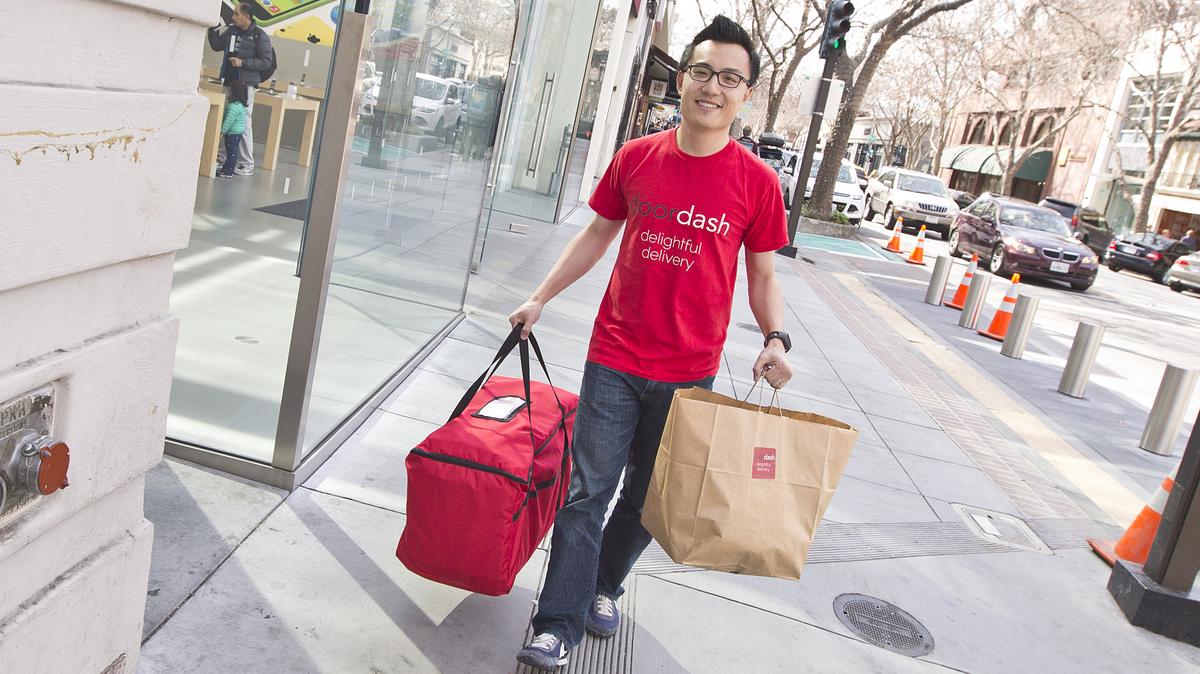Yesterday I wrote on the definition of globalism and the danger of the increasing power of centralized, gigantic businesses in the modern technology-driven economy. Some readers expressed skepticism about my thesis, not as to the prevalence of gigantism so much as to the power of these businesses to impact the way we live. This didn’t seem to me a point in need of proof in an era in which ten percent of the world’s public companies generate eighty percent of all profits, in which we’ve seen the number of publicly listed companies halve since 1997, and the number of startups is lower than we’ve seen in nearly forty years. But an easy way to understand the level these increasingly centralized institutions can alter the course of the country is to examine the kinds of protests that currently work in 21st Century America, and the kind that fail.
There has been a long history of protest on the American left, animated not just by their ability to organize via unions and other social organizations, but by a tendency toward protest not shared by the voters of the right. That’s one of the factors that made the Tea Party such a historical oddity. But it’s fairly clear that when it comes to modern acts of protest, these movements are largely weak representations of demonstrative signaling rather than organizational efforts or movements likely to have any impact. Other than giving reporters something to cover, the marches for women, for science, and for every other effort in the past six months have achieved little. The protests outside Trump tower achieved nothing at all except additional costs to the taxpayers. Public demonstration is just not where it’s at any more.
What’s so hot right now, on the other hand, is boycotts and corporate-focused protest. It has been a factor from the right and the left in a very public way. The advertiser rollback from Fox News has had a major impact, one that’s visible if you turn on the channel. The success of the campaign pushed out Bill O’Reilly and damaged Sean Hannity. We saw similar backlash this past week to Megyn Kelly’s NBC interview with Alex Jones, which prompted McDonald’s, Bank of America, Kia, and JP Morgan Chase to pull their ads on her program. We saw similar pressure brought to bear on the corporate sponsors of the Public Theater – though there are limits to this (it seems notable that while Delta and Bank of America pulled their support, Time Warner never did publicly).
This isn’t just organic work. The group Sleeping Giants has been targeting advertisers on right wing websites generally, particularly focused on the most loyal defenders of Trump at Breitbart, who have seen their ads plummet after an organized campaign to target corporations. They’ve partnered with other lefty groups and sympathetic online brands to promote and fund their corporate-targeted effort, designed to defund those on the right who share the president’s views, and even those who don’t. Since they view the media of the right generally as racist and bigoted, don’t expect them to stop there.
This has an impact, and not just on media, and certainly not just on the right: according to a new Ipsos survey, 25% of Americans say they have stopped buying a product because of perceived political leanings of the brand in question. A portion of those have to be referring to Target, considering that the boycott over its stance on Trans bathroom policy had an outsized and unexpected impact on their sales, which have dropped every quarter since the policy was announced (in a blog post their CEO never saw or approved).
Now, boycotts are not new. They have been around since the days of no taxation without representation, and they can be quite effective. But these boycotts gain an outsized impact when the concentration of access to the digital infrastructure of ad networks is so centralized. Consider that Google and Facebook alone are expected to capture 85% of new advertising and 60% of digital spending in 2017. There is no presumption of access to these networks, and media organizations deemed as dealing in racist or bigoted speech – perhaps even anti-science speech – could very easily end up seeing their revenues squeezed or cut off entirely. Yesterday, Tim Cook, Eric Schmidt, Jeff Bezos all emerged from the White House technology council meeting with praise for the president. That’s where they’re at for now – but the forces that want their companies to become virtue signalers are not content with that. Sleeping Giants has referred to Amazon in particular as their “white whale”, and they’re now targeting Amazon’s advertising on Breitbart with new mobile billboard rolling around on a truck in Seattle, demanding the company “stop funding bigotry”. This will not stop anytime soon.
In an environment in which everything’s political, the ability of corporate brands to skirt these types of pressures becomes nearly impossible. And the impact that such boycotts could have on media is enormous. The only way to blow past them is to have a product that generates such loyalty and consumer buy-in as to be immune to the steady attacks from those in political disagreement. You may just have to have a product so good, people will buy it even if they feel a little ashamed about it and don’t tell their friends. You may just have to have a sandwich as good as Chick-fil-A’s.









